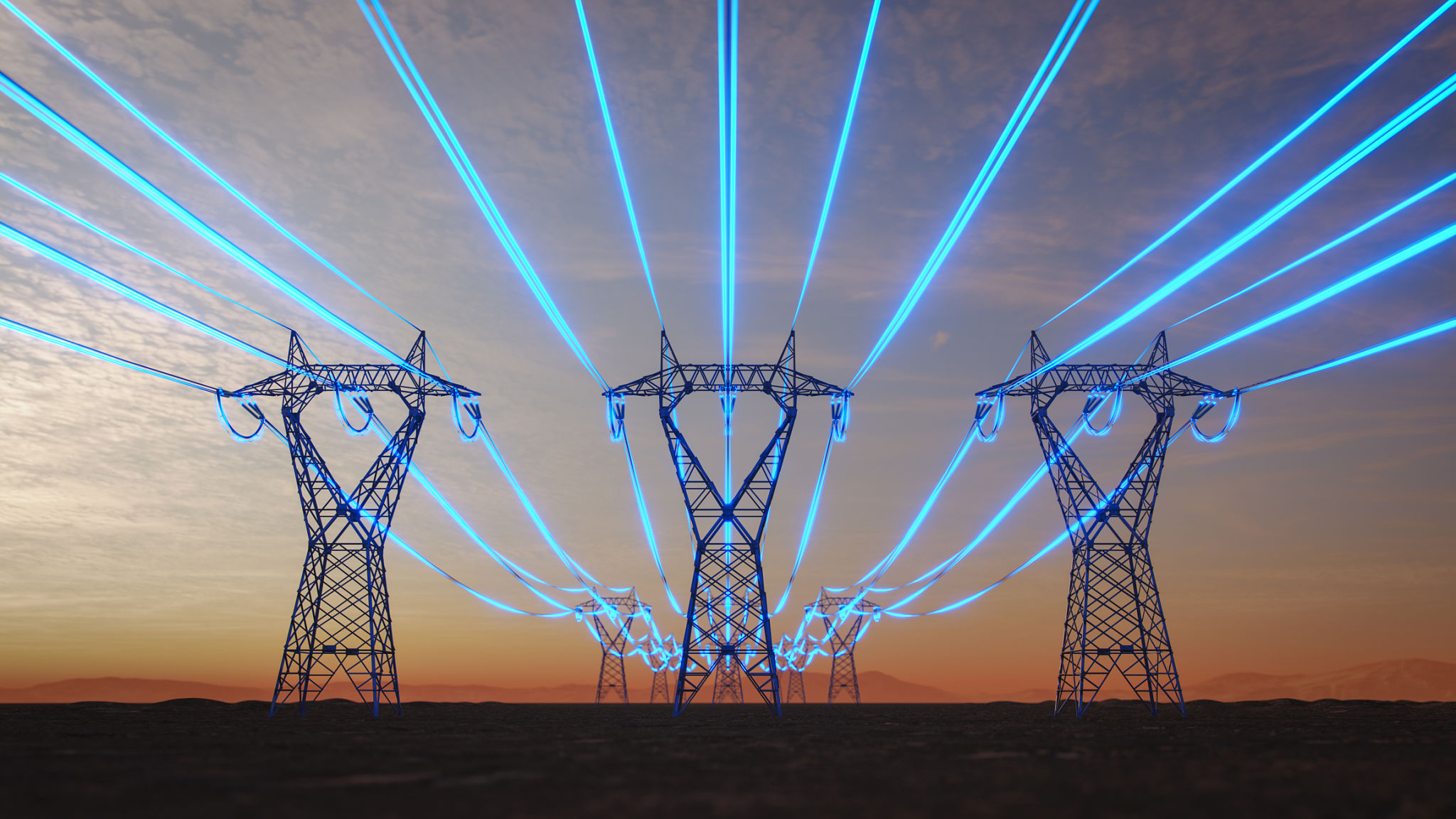Optimizing Electric Powertrain Systems: Expert Tips from Cortechs eMobility Labs
Understanding Electric Powertrain Systems
Electric powertrain systems form the backbone of modern electric vehicles, providing the necessary propulsion that replaces traditional internal combustion engines. These systems include components such as the electric motor, battery pack, and power electronics. Optimizing these elements is crucial for improving vehicle performance, efficiency, and range.

Importance of Efficiency
Efficiency is a critical factor in electric powertrain systems. Higher efficiency translates to longer range and better performance, which are key selling points for electric vehicles. Achieving optimal efficiency involves careful design and integration of all powertrain components. Engineers must focus on reducing energy losses in each part of the system to maximize overall performance.
Key Strategies for Optimization
Optimization involves several strategies, including enhancing battery technology, improving motor design, and refining power electronics. By focusing on these areas, manufacturers can create more efficient and powerful electric vehicles. Here are some expert tips from Cortechs eMobility Labs:
Battery Technology Advancements
Batteries are at the heart of every electric vehicle. Advancements in battery chemistry and manufacturing processes can lead to significant improvements in energy density and charging times. Here are some ways to optimize battery performance:
- Invest in research for new materials that offer higher energy density.
- Implement advanced thermal management systems to maintain optimal battery temperatures.
- Utilize fast-charging technology to reduce charging times without compromising battery life.

Improving Motor Design
The design of the electric motor plays a crucial role in the efficiency of the powertrain system. Modern electric motors are engineered for high torque and efficiency across a wide speed range. Consider these tips for optimizing motor design:
- Use lightweight materials to reduce overall vehicle weight and improve efficiency.
- Incorporate advanced cooling systems to prevent overheating during high-performance conditions.
- Design motors with precise control mechanisms to ensure smooth acceleration and deceleration.
Enhancing Power Electronics
Power electronics govern the flow of energy between the battery, motor, and other components. Their efficiency directly impacts the performance of the powertrain system. Enhancing power electronics can significantly improve vehicle efficiency:
Advanced Inverter Technology
Inverters convert DC power from the battery to AC power for the motor. Utilizing advanced inverter technology can increase system efficiency by reducing energy losses. Key considerations include:
- Implementing silicon carbide (SiC) or gallium nitride (GaN) semiconductors for higher efficiency and thermal performance.
- Optimizing inverter control algorithms for precise energy management.

The Role of Software Optimization
Software plays a vital role in optimizing electric powertrain systems. Intelligent software can manage energy distribution efficiently, ensuring peak performance under various driving conditions. Here are some software optimization strategies:
- Develop real-time monitoring systems to track energy usage and optimize power output.
- Implement predictive maintenance algorithms to enhance system reliability and lifespan.
- Utilize machine learning techniques to continuously improve system performance based on data analysis.
In conclusion, optimizing electric powertrain systems is a multifaceted approach that requires advancements in technology, design, and software. By focusing on these areas, manufacturers can enhance the performance and appeal of electric vehicles, contributing to a more sustainable future.
